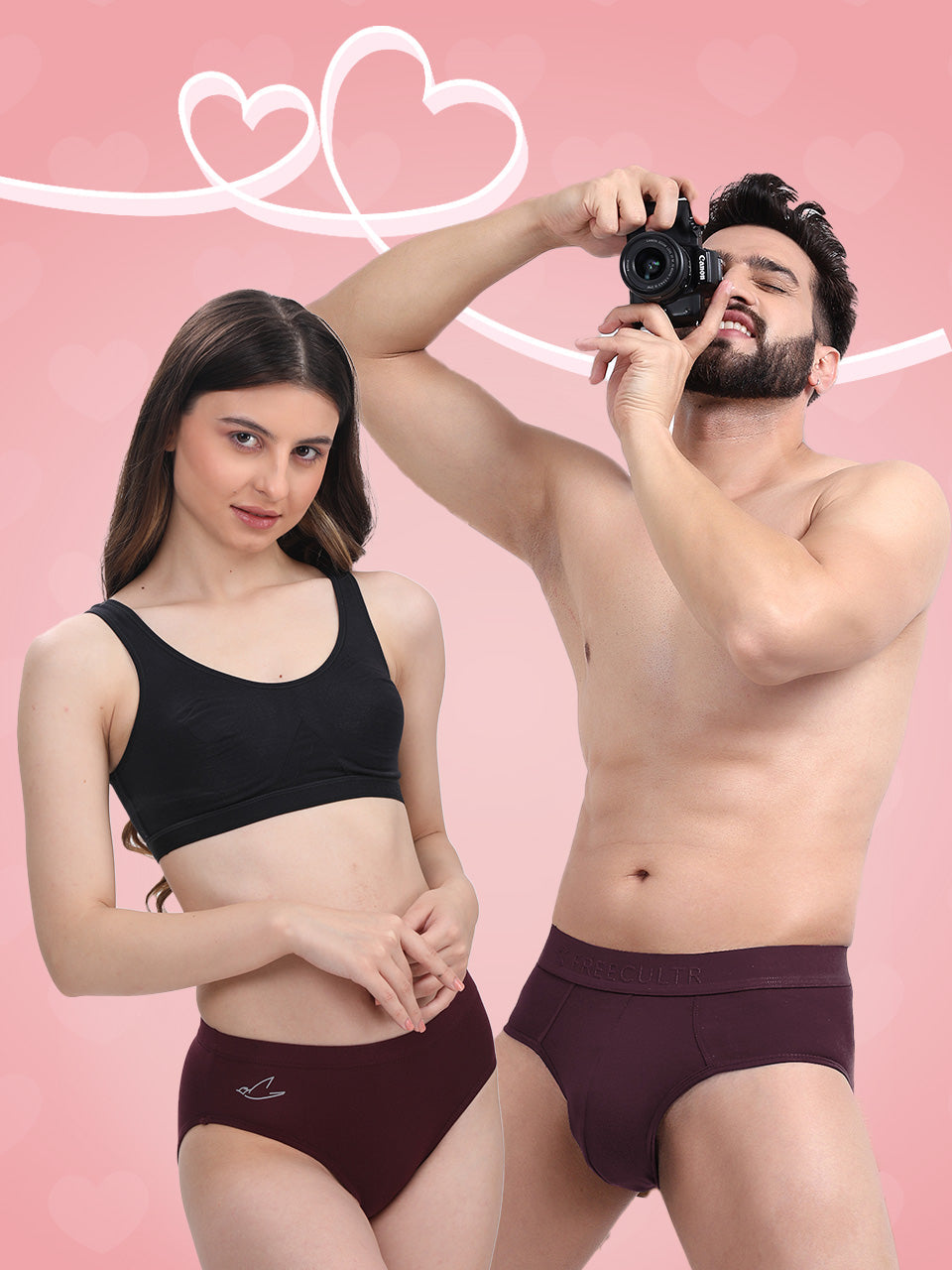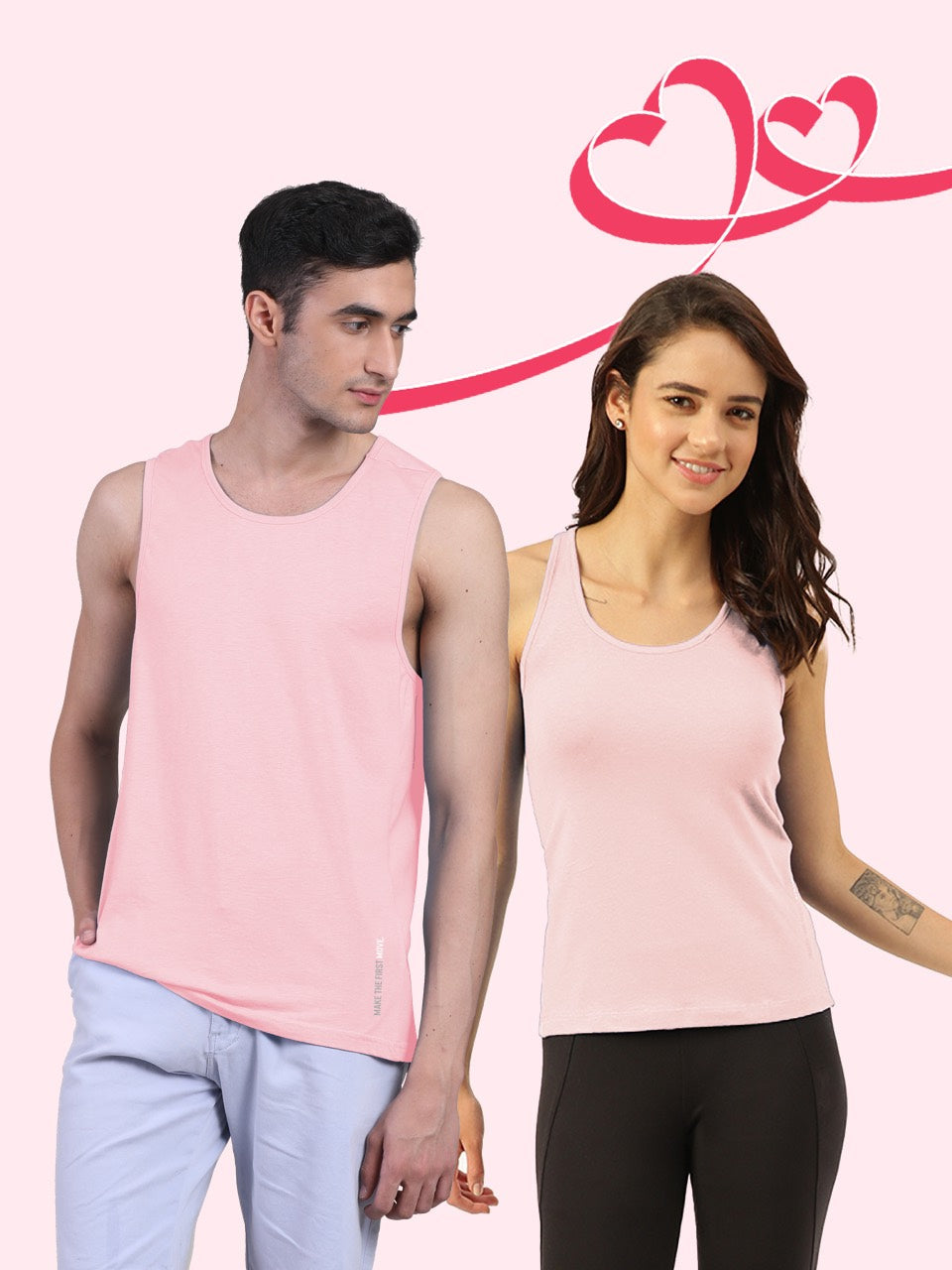Beyond fleeting summer trends, performance swimwear demands enduring protection. Today's active man faces dual threats: relentless UV exposure and the harsh chemical assault of chlorinated pools. Recent advancements in fabric technology now deliver trunks engineered to combat both. Forget faded colors and compromised skin; innovative weaves boasting UPF 50+ ratings are increasingly standard, shielding you from harmful rays. Simultaneously, advanced polymer blends are significantly boosting chlorine resistance, ensuring your swimwear maintains its integrity and vibrant hue, swim after swim. It's no longer just about style; it's about investing in durable, protective gear that keeps you performing and looking your best, season after season.

Understanding UPF: Sun Protection for Your Swimwear
UPF, or Ultraviolet Protection Factor, is a rating system used for fabrics, similar to SPF (Sun Protection Factor) used for sunscreens. But, there's a crucial difference. SPF measures how long it takes for UV-exposed skin to redden, while UPF measures how much UV radiation can penetrate the fabric.
Specifically, a fabric with a UPF of 50 allows only 1/50th (or 2%) of the sun’s UV rays to pass through it. This means it blocks 98% of UV radiation, significantly reducing your risk of sunburn and long-term skin damage. Think of it as sunscreen for your swimwear. When choosing men's trunks for outdoor activities, especially swimming and beach outings, opting for those with a high UPF rating offers an added layer of defense against the sun's harmful rays, allowing you to enjoy your time outdoors with greater peace of mind.
- UPF 15-24: Good protection, blocking 93. 3-95. 8% of UV rays.
- UPF 25-39: Very good protection, blocking 96-97. 4% of UV rays.
- UPF 40-50+: Excellent protection, blocking 97. 5% or more of UV rays. A UPF of 50+ is the highest rating a fabric can achieve.
Several factors influence a fabric's UPF rating:
- Fiber Type: Fabrics like polyester and nylon generally offer better UV protection than natural fibers like cotton or linen. This is because they have a tighter weave and chemical properties that naturally absorb more UV radiation.
- Weave Density: A tighter weave reduces the spaces between the threads, minimizing the amount of UV radiation that can pass through.
- Color: Darker colors absorb more UV radiation than lighter colors.
- Stretch: Stretched fabrics tend to have lower UPF ratings because the weave becomes more open, allowing more UV radiation to penetrate.
- Moisture: Some fabrics lose UPF protection when wet, while others maintain their rating. It's essential to check the manufacturer's specifications.
When selecting men's trunks, look for a UPF rating of 50+ for maximum protection, especially if you plan on spending extended periods in the sun. Remember that UPF protection is only effective on the areas of skin covered by the fabric. You still need to apply sunscreen to all exposed skin, including your face, neck, ears. Feet.
Chlorine Resistance: Protecting Your Swim Trunks
Chlorine is a powerful disinfectant used in swimming pools to kill bacteria and algae. But, it's also a harsh chemical that can damage fabrics, especially swimwear. Chlorine exposure can lead to:
- Fading: Colors become dull and washed out.
- Weakening of fibers: Fabric loses its elasticity and becomes brittle.
- Shape distortion: Swim trunks lose their shape and fit poorly.
Chlorine-resistant fabrics are designed to withstand the damaging effects of chlorine, extending the life of your swim trunks. These fabrics typically contain a high percentage of polyester or specialized materials like Xtra Life Lycra or PBT (Polybutylene Terephthalate).
- Polyester: Naturally chlorine-resistant, durable. Quick-drying.
- Xtra Life Lycra: A type of spandex that is more resistant to chlorine than traditional spandex.
- PBT: Highly chlorine-resistant, retains its shape well. Offers excellent colorfastness.
Here’s a comparison of common swimwear fabrics in terms of chlorine resistance:
| Fabric | Chlorine Resistance | Durability | Cost |
|---|---|---|---|
| Polyester | High | High | Low |
| Xtra Life Lycra | Medium-High | Medium-High | Medium |
| PBT | Very High | Very High | High |
| Nylon/Spandex | Low | Low-Medium | Low-Medium |
To further prolong the life of your swim trunks, consider these tips:
- Rinse after each use: Immediately rinse your swim trunks with fresh water after swimming to remove chlorine residue.
- Hand wash: Hand washing is gentler on fabrics than machine washing. Use a mild detergent specifically designed for swimwear.
- Air dry: Avoid using a dryer, as the heat can damage the fibers. Lay your swim trunks flat to dry in a shaded area.
- Avoid harsh chemicals: Do not use bleach or other harsh chemicals on your swim trunks.
- Rotate your swimwear: If you swim frequently, consider having multiple pairs of swim trunks and rotating them to allow each pair to rest and recover.
Combining UPF Protection and Chlorine Resistance
The best men's trunks offer both UPF protection and chlorine resistance, providing comprehensive protection for your skin and your swimwear. These trunks are typically made from a blend of polyester or PBT with a small amount of spandex for stretch and comfort. The fabric is tightly woven to achieve a high UPF rating. The polyester or PBT fibers provide excellent chlorine resistance.
Many brands now offer swim trunks with both features. Look for product descriptions that specifically mention both UPF rating (ideally 50+) and chlorine resistance. Read customer reviews to get an idea of how well the trunks hold up over time with regular use in chlorinated water.
Case Study: A competitive swimmer who trains daily in a chlorinated pool switched to swim trunks made from 100% PBT. He reported that his new trunks lasted significantly longer than his previous nylon/spandex trunks, which faded and lost their elasticity after only a few weeks. He also appreciated the added UPF protection during outdoor training sessions.
Real-World Applications and Use Cases
Men's trunks with UPF protection and chlorine resistance are ideal for a wide range of activities:
- Swimming: Whether you're swimming laps in a pool or enjoying a day at the beach, these trunks will protect your skin from the sun and withstand the damaging effects of chlorine.
- Water sports: Surfing, paddleboarding, kayaking. Other water sports expose you to both sun and water. These trunks provide the necessary protection and durability.
- Beach vacations: Pack these trunks for your next beach vacation to stay comfortable and protected from the elements.
- Outdoor activities: Wear these trunks for any outdoor activity where you'll be exposed to the sun, such as hiking, biking, or gardening.
These trunks are not just functional; they can also be fashionable. Many brands offer a wide variety of styles, colors. Patterns to suit your personal taste. You can find everything from classic board shorts to sporty jammers, all with the added benefits of UPF protection and chlorine resistance. The combination of fashion & comfort makes these trunks a great choice for any man who enjoys spending time in the water or outdoors.
Caring for Your UPF and Chlorine-Resistant Trunks
Proper care is essential to maximize the lifespan of your UPF and chlorine-resistant trunks. Follow these guidelines:
- Rinse immediately: As noted before, rinse your trunks with fresh water after each use to remove chlorine, salt. Sand.
- Wash gently: Hand washing is preferred. If you use a machine, choose a delicate cycle and use a mild detergent.
- Avoid harsh chemicals: Never use bleach, fabric softeners, or other harsh chemicals, as they can damage the fabric and reduce its UPF rating and chlorine resistance.
- Dry properly: Air dry your trunks in a shaded area. Avoid direct sunlight and high heat, as they can cause fading and damage the fibers.
- Store carefully: Store your trunks in a cool, dry place away from direct sunlight.
By following these simple care tips, you can keep your UPF and chlorine-resistant trunks looking and performing their best for years to come.
Conclusion
Investing in men's trunks with UPF protection and chlorine resistance isn't just about buying swimwear; it's about safeguarding your skin and extending the life of your favorite swim gear. Think of it as a long-term investment in your comfort and well-being, especially given the increasing awareness of sun damage and the harsh effects of pool chemicals [https://www. Skincancer. Org/skin-cancer-prevention/]. Personally, I always choose trunks with a tighter weave for better UPF, even if it means slightly less breathability – a small price to pay for peace of mind. Remember, even on cloudy days, UV rays can penetrate, so don't skip the sun protection. Now, go dive in, knowing you're making a smart and stylish choice for your health and your wardrobe!More Articles
Men's Trunks – Quick-Drying & Comfortable WaistbandBrief – Supportive Fit & Moisture-Wicking Fabric
Bandana for Men – Versatile Style & Sun Protection
Tees – Soft Cotton & Durable Fabric
FAQs
So, what exactly does 'UPF protection' mean for my trunks?
Good question! UPF stands for Ultraviolet Protection Factor. It's like SPF for clothes. A UPF rating of 50 means the fabric blocks 98% of the sun's harmful UVA and UVB rays. , it helps protect your skin from sunburn and long-term sun damage while you're enjoying the water (or just lounging around).
Chlorine resistant? Does that really work?
Yep, it really does! Regular swim trunks can get faded and stretched out quickly in chlorine. Chlorine-resistant trunks are made with fabrics that are specifically designed to withstand the damaging effects of chlorine, meaning they'll last longer and hold their shape and color better. Think of it as giving them a fighting chance against the pool chemicals.
How long will these trunks actually last if I'm swimming a lot?
That depends on how often you're hitting the pool and how well you take care of them. But chlorine-resistant fabrics are definitely more durable than standard materials. Rinse them thoroughly with fresh water after each swim. Avoid drying them in direct sunlight to extend their lifespan even further. You should see a noticeable difference compared to regular trunks.
Are these trunks just for swimming pools, or can I wear them in the ocean too?
Absolutely, wear them in the ocean! The UPF protection will be just as helpful in the sun. The chlorine resistance doesn't hurt either. Just remember to rinse them after swimming in saltwater to remove any salt residue, which can also degrade fabric over time.
Will the UPF protection wash away over time?
That's a smart thing to consider! With good quality trunks, the UPF protection is usually built into the fabric itself, rather than being a coating. So, it shouldn't wash away significantly with normal wear and washing. Just follow the care instructions on the label to keep them in good shape.
Okay. Are they comfortable? I don't want to feel like I'm wearing cardboard.
Totally understandable! Comfort is key. Look for trunks made with fabrics that are soft, flexible. Quick-drying. A good fit is also crucial – not too tight, not too loose. Check the product description for details about the fabric composition and features like a comfortable waistband or inner lining.
What kind of care do these trunks need to keep them in good condition?
It's pretty simple, really! After each swim, rinse them thoroughly with cool, fresh water to remove chlorine or saltwater. Avoid using harsh detergents or bleach when washing. Hand washing is always gentler. If you use a machine, choose a delicate cycle. And skip the dryer – hang them up to air dry, preferably in the shade.






